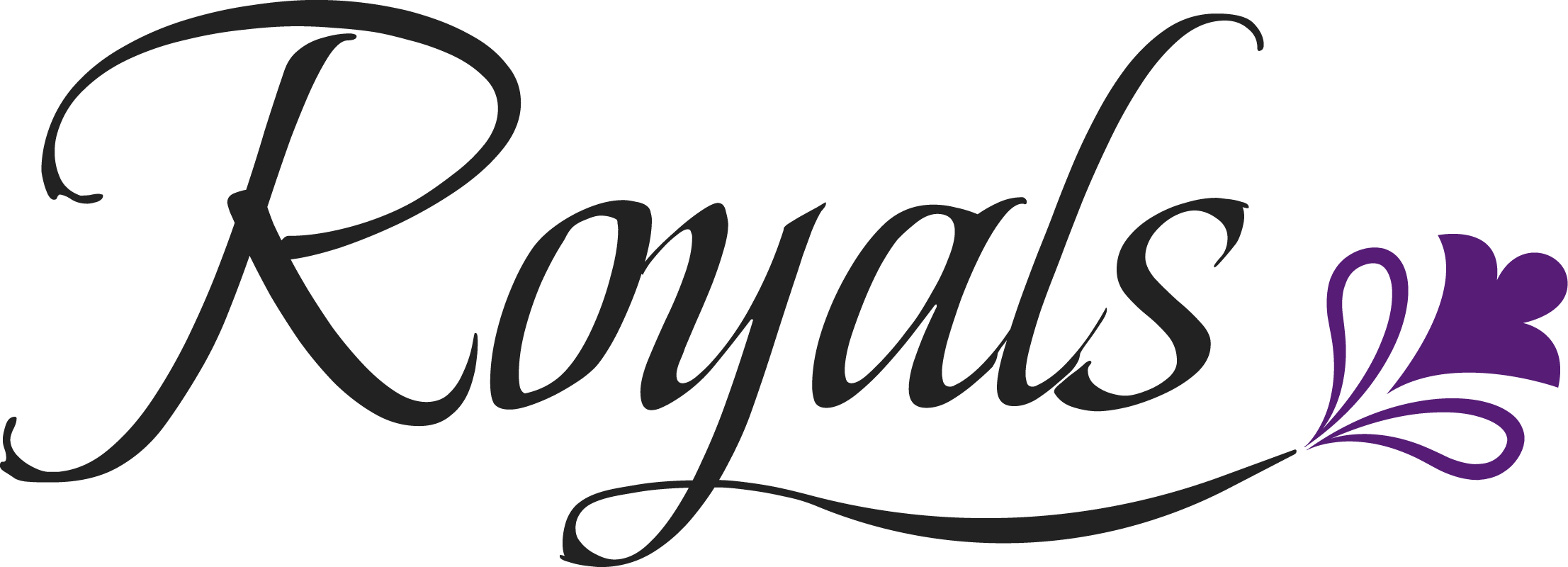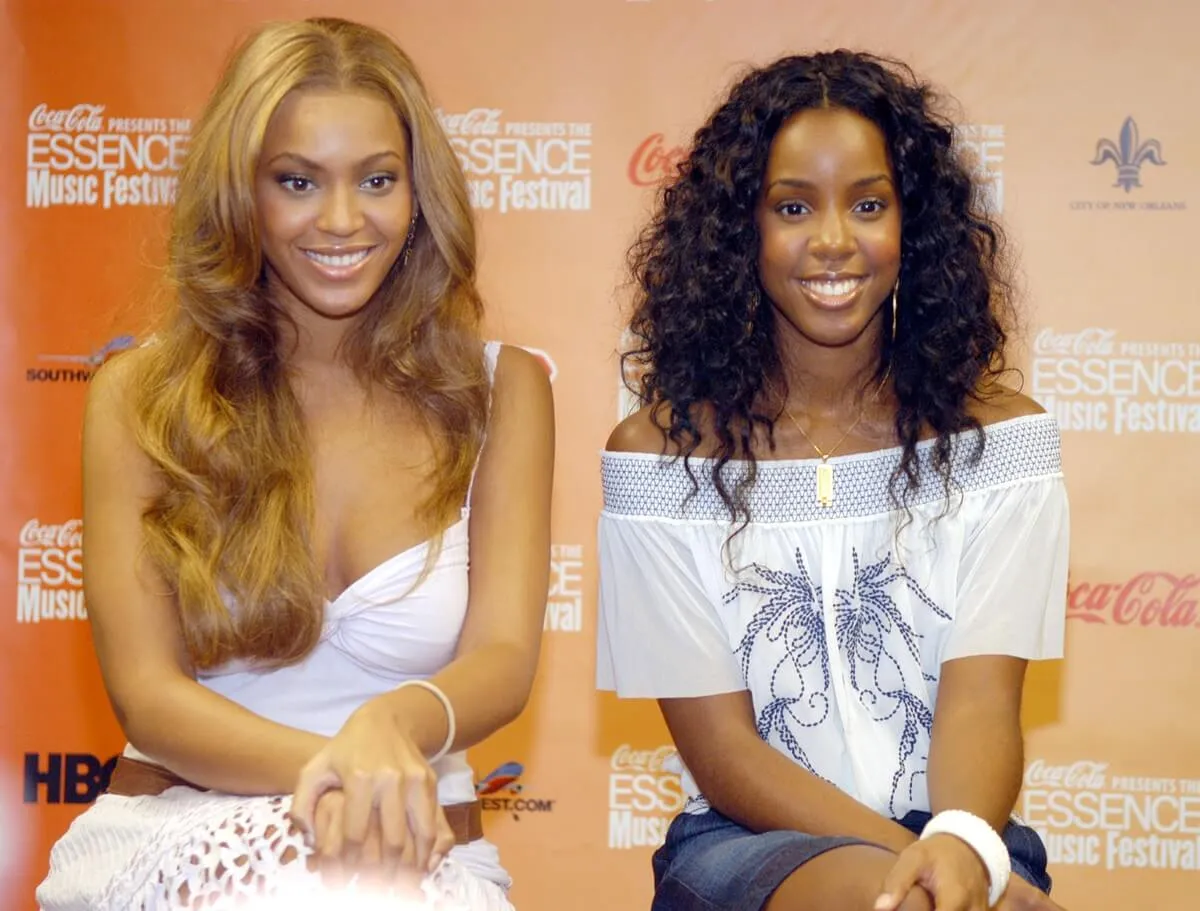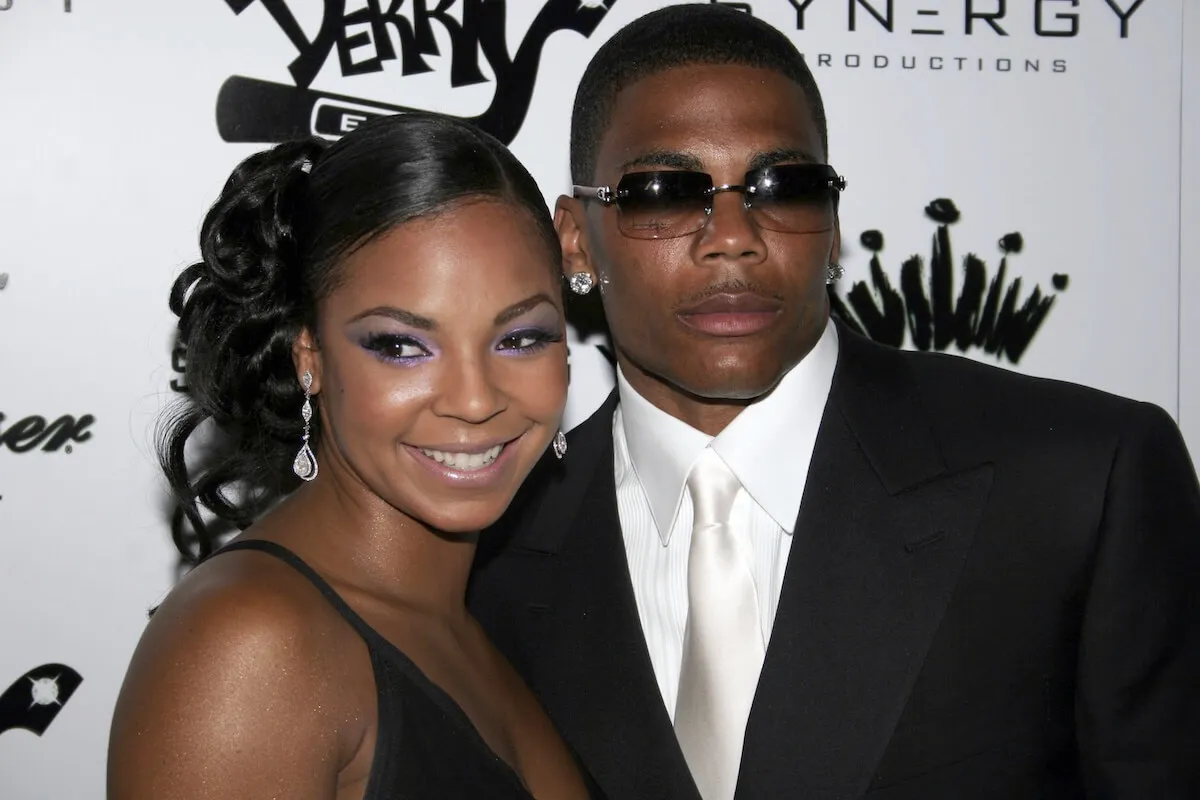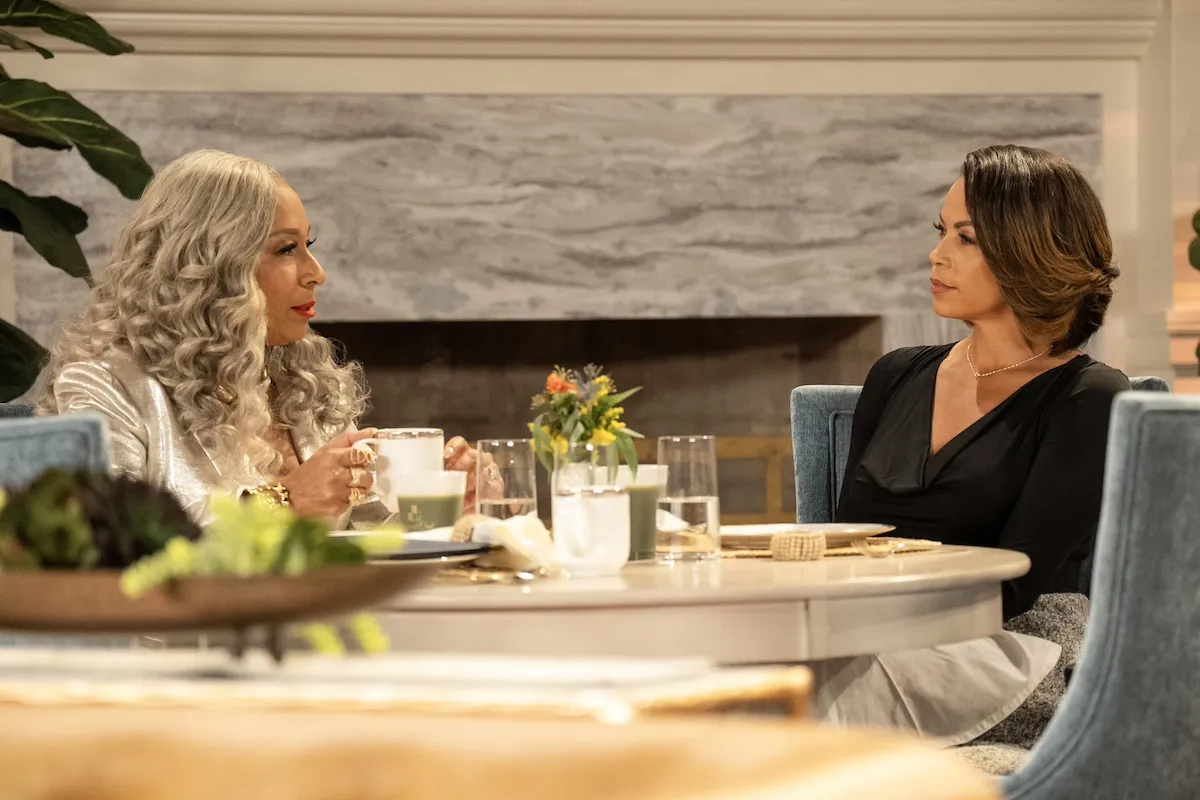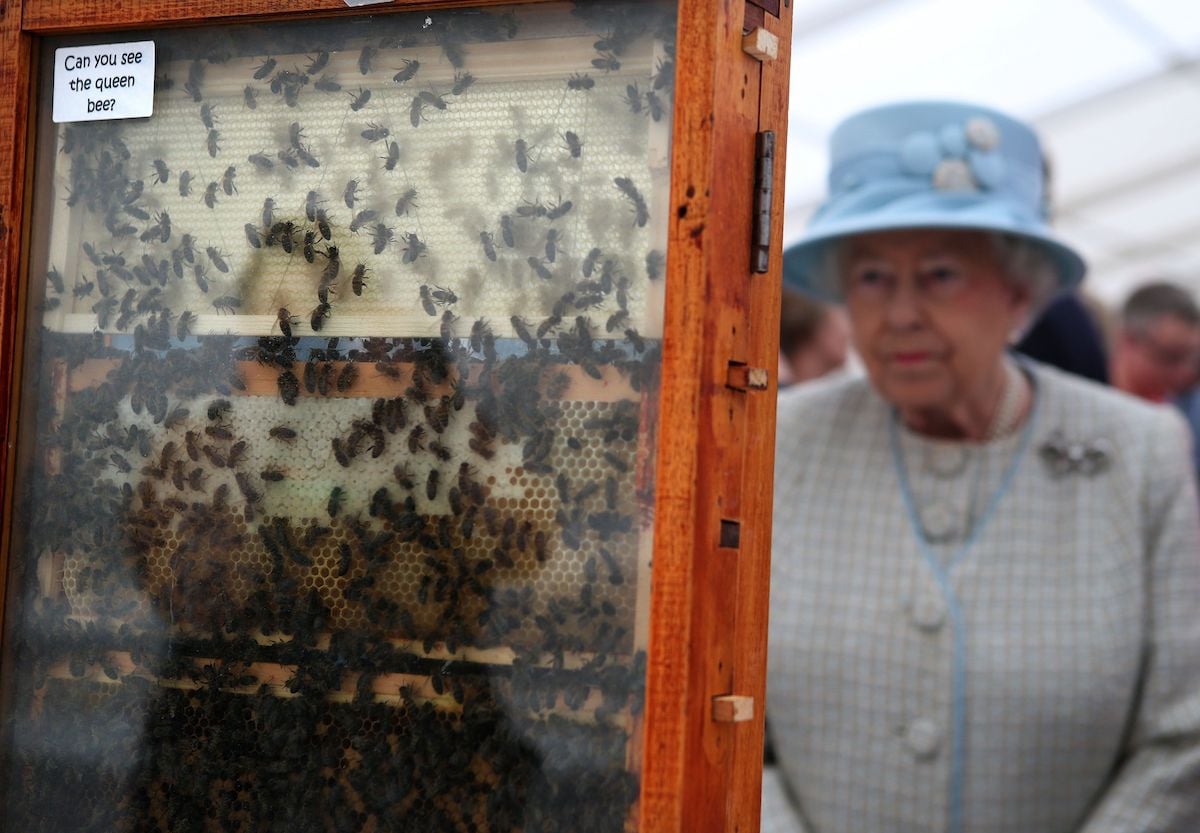
Why Were Queen Elizabeth’s Bees Informed of Her Death?
The death of Queen Elizabeth II has left the world in mourning, including her many pets. An avid animal lover, the queen was known for her affection for dogs and horses. But the monarch was reportedly also a bee enthusiast. And after her passing, tradition required that Queen Elizabeth’s bees be informed of her death.
Queen Elizabeth’s bees were told that ‘the mistress is dead’
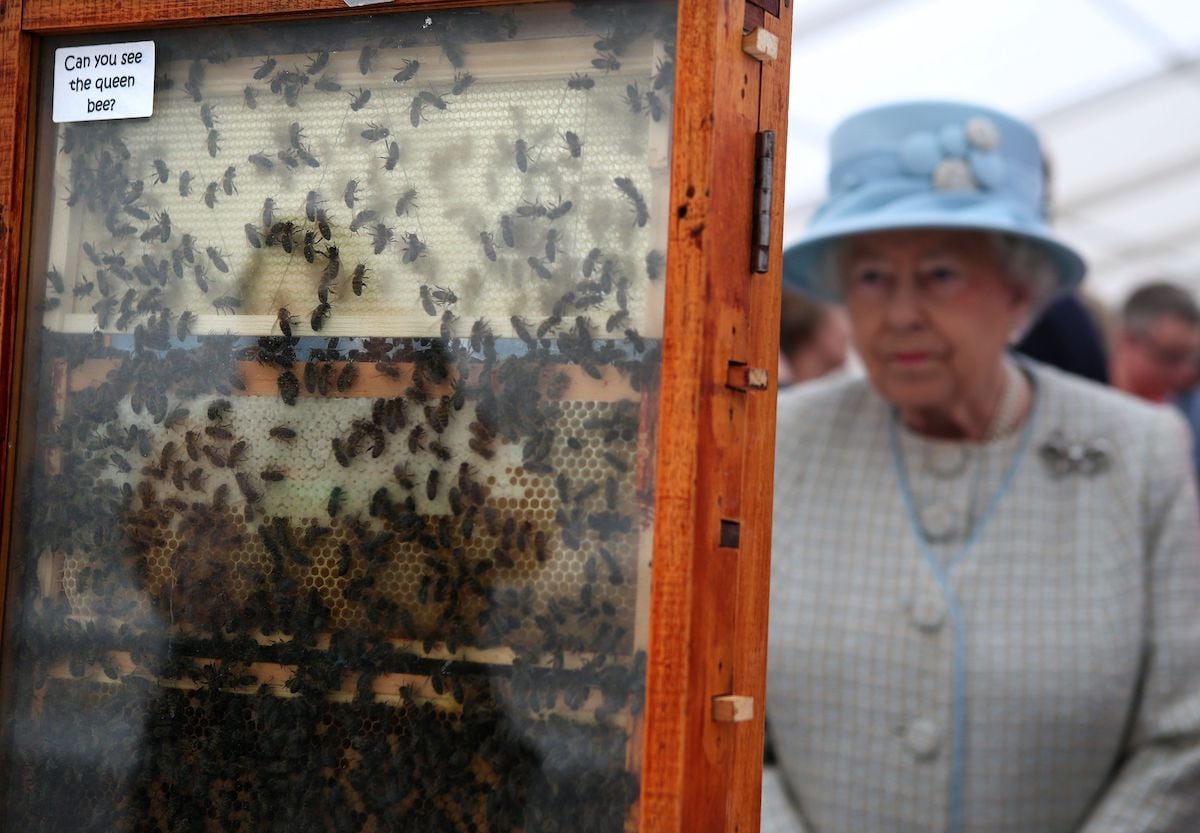
At the time of Queen Elizabeth’s death, an estimated 30,000 bees lived on the grounds of Buckingham Palace. The queen’s bees produced the honey used by the chefs of the royal family. Any excess was jarred and sold as Buckingham Palace Gardens Honey, whose proceeds went to charity, according to Express.
In keeping with tradition, the bees had to be informed of the queen’s passing, a task performed by the royal beekeeper, John Chapple. He explained the process, beginning with wrapping the hives in black ribbon. Following that, he said, “You knock on each hive and say, ‘The mistress is dead, but don’t you go. Your master will be a good master to you,'” Vanity Fair reports.
Beekeeping is an ancient tradition
Chapple’s tasks are detailed in the poem “Home Ballads” by John Greenleaf Whittier. However, these traditions stem from an ancient appreciation for bees that pervades many cultures and histories.
Ancient Egypt produced and exported 14,000 tons of honey per year and employed various beekeepers and even a divine sealer of honey. Additionally, Celtic mythology claims bees are “messengers between our world and the spirit realm.” Bees were highly revered and treated like family, and all major events, such as marriages, births, and deaths, were communicated to them, Beegood reports.
Other traditions held that the hives must be informed for fear they might cease producing honey, leave their colony, or, in extreme cases, perish in great numbers. During the funeral proceedings, hives were said to have been turned away as their master’s coffin passed or picked up and set down exactly as the casket was. Funeral food was served to the hives. Then the bees went through a “ricking” process where they were shifted to the right to signify a change, according to Burials and Beyond.
Furthermore, tradition holds that the bees’ new master, King Charles III (also an animal lover, known for his affection for squirrels) is required to introduce himself and formally request acceptance from the insects.
Queen Elizabeth’s bees and other animals will remain in the royal family
Arrangements have also been made to ensure Queen Elizabeth’s other beloved animals remain in the royal family. The queen’s treasured corgis, Muick and Sandy, will reportedly go to Prince Andrew and his ex-wife, Sarah. Andrew gave Muick to his mother during her pandemic isolation, and he and his daughters, Princesses Beatrice and Eugenie, gifted Sandy to the queen as a birthday present.
Another of the queen’s passions was horses — particularly racehorses — of which she had many. Though King Charles III will officially assume the care of his late mother’s thoroughbreds, the Daily Mail reports that his wife, Queen Consort Camilla, will take the reins. After all, King Charles will likely have his hands full with the bees and other duties.
